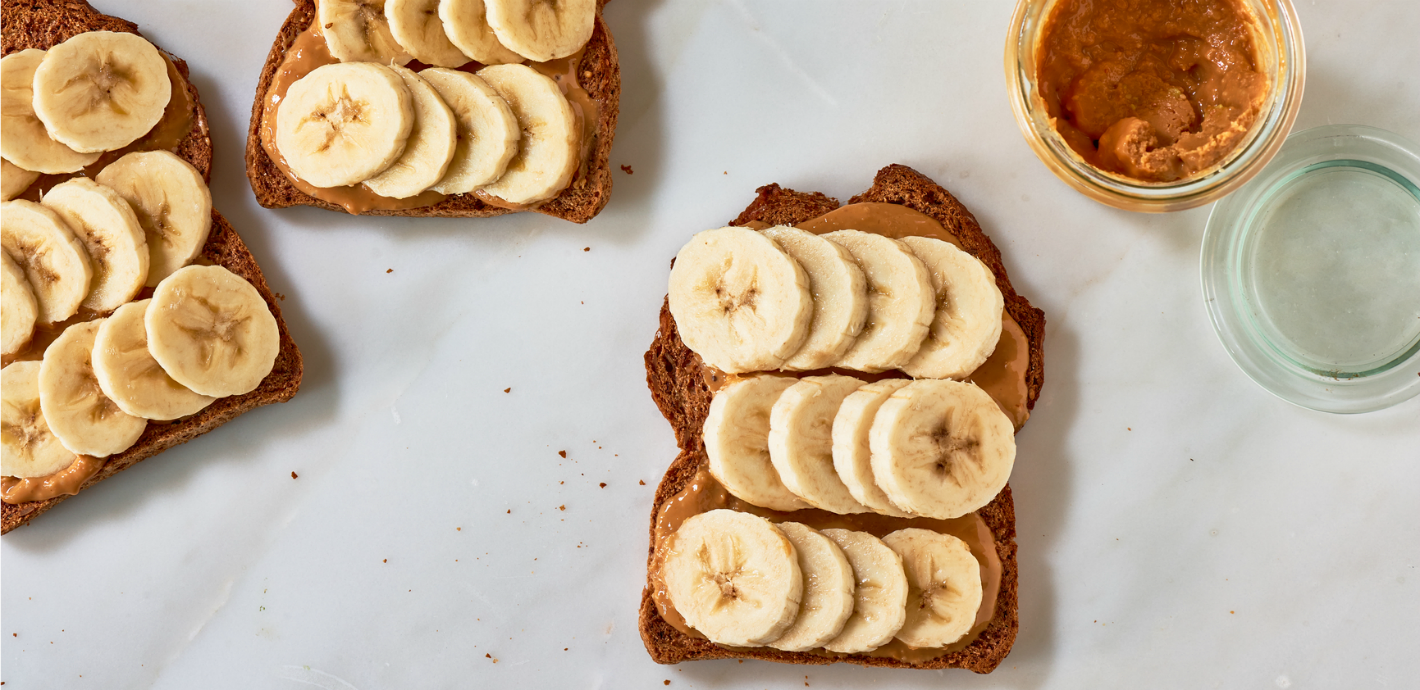It’s bananas how little most people know about potassium—we affiliate this key mineral with the yellow fruit and that’s it. While salt is often in the spotlight for its effects on blood pressure and heart health, potassium is just as influential in regulating these crucial aspects of our biology.
“A salt-sensitive person will lower his or her blood pressure if he or she eats more potassium and/or less sodium,” says Jerry Yee, M.D., division head of nephrology at the Henry Ford Hospital in Detroit. “[These minerals] may be equally important, but society is concentrating on the sodium side right now. If too much dietary sodium is taken in, the blood pressure increases [for salt-sensitive people]. Salt sensitivity is greater in Asian populations and African Americans.”
Most potassium in the body is located within the cells. A small amount takes residence outside of those cells and is influenced by the potassium you get in foods, hormones such as insulin, and excretion from the kidneys. Eating foods rich in potassium may have a greater impact in regulating blood pressure when consumed with sodium. In a 2014 study published in the Clinical Journal of American Society of Nephrology, subjects with hypertension who increased their potassium intake and also ate a diet rich in salt saw a drop of 9.5 mmHg for systolic blood pressure (top number) and a decrease of 6.4 mmHg for diastolic blood pressure.
Related: 50 Healthy Foods to Add to Your Grocery List
In addition to regulating blood pressure, potassium intake may also help improve exercise performance. Potassium is an electrolyte, which means it has the ability to break apart into charged molecules, resulting in the electrical surges that help power the body. Its role as an electrolyte is what helps it move into the interstitial space of the skeletal muscle during exercise. Potassium is the major charged molecule within the cells while sodium is the major one outside of the cells. The relationship between the two minerals is maintained by something called the sodium-potassium pump, occurring in all cells. The pump moves sodium out of the cell while simultaneously bringing potassium into the cell. When the body’s potassium levels are depleted, blood pressure increases.
“Populations that ingest more potassium-rich diets of fresh fruits and vegetables have, on average, lower blood pressures,” Yee says. “Some populations were almost devoid of hypertension, even among the elderly, until their diets were Westernized and saltier.” Getting enough potassium could lower incidence of high blood pressure in Americans by 17 percent—and increase life expectancy by more than five years, estimates the American Heart Association.
How much potassium do you need to stay healthy? The Institute of Medicine recommends taking in 4,700 milligrams of potassium daily. Of that amount, the average American only gets 3 percent per day. Here are some easy ways to up your daily intake of potassium. One thing to keep in mind: Eating more potassium doesn’t give you the green light to overdo it in on salt.
Food |
Serving Size |
Amount of Potassium |
| Apricots, dried | ¼ cup, dried | 378 mg |
| Avocado | half | 487 mg |
| Banana | 1, medium | 422 mg |
| Clams | 3 ounces, canned | 534 mg |
| Coconut Water | 1 cup | 600 mg |
| Melon | 1/8 honeydew, medium | 365 mg |
| Milk | 1 cup, nonfat | 382 mg |
| Peaches | ¼ cup, dried | 398 mg |
| Sweet Potatoes | 1 potato, baked | 694 mg |
| Tomato sauce | ½ cup | 405 mg |
| Trout | 3 ounces, cooked | 375 mg |
| White Beans | ½ cup, canned | 595 mg |
| Yogurt | 8 ounces container, plain, low-fat |
531 mg |








Comments (0)